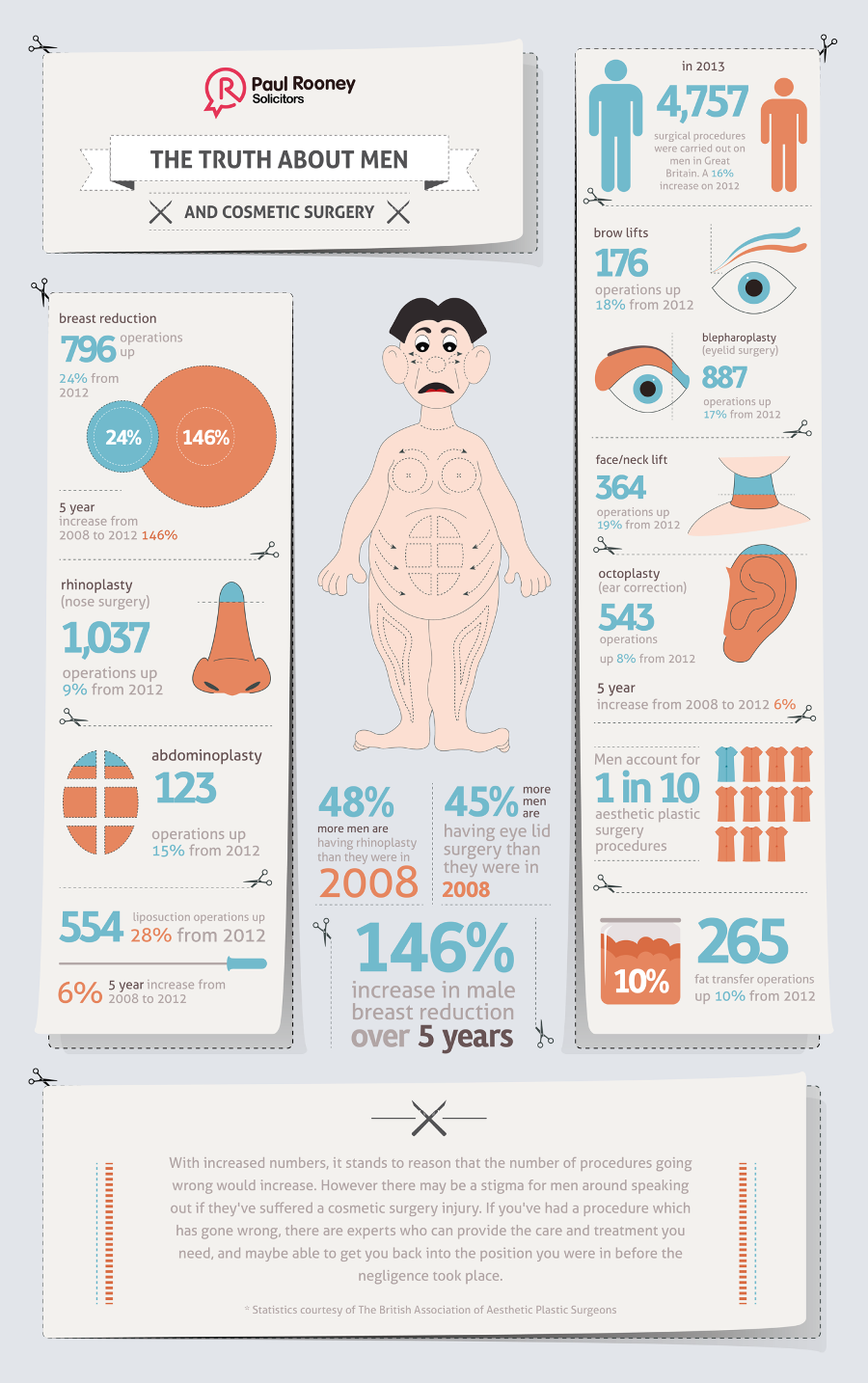Hormonal acne is characterized by clogged pores and oily skin that commonly shows up on the chin and jawline. It happens when hormonal changes cause swelling and bacterial overgrowth within hair follicles.
Breakouts might look like whiteheads, blackheads, papules or pustules and cysts or blemishes in extra severe situations. It is a lot more usual in teenagers experiencing the age of puberty but can affect adults of any type of age.
What Triggers Hormonal Acne?
While acne can be triggered by a range of aspects, consisting of utilizing hair and skin treatment items that aren't oil-free or made with active ingredients that could obstruct pores, hereditary proneness, diet,2 and stress, the root cause is varying hormones. Hormonal acne happens when the body experiences hormonal changes and changes that cause an overproduction of sebum, which triggers inflammation, enhanced growth of bacteria and modifications in skin cell activity.
Hormonal acne is frequently discovered on the lower jawline, cheeks and neck but can appear anywhere on the body. It is characterized by blemishes that are cystic, unpleasant and filled with pus or other material. It is also more likely to occur in women than males, specifically throughout the age of puberty, the menstruation, maternity or menopause.
Age
While lots of youngsters experience acne eventually during puberty, it can continue to torment grownups well right into their adult years. Referred to as hormonal acne, this form of breakout is linked to variations in hormonal agents and is normally most usual in ladies.
Hormonal acne occurs when oil glands produce too much sebum, which obstructs pores and catches dead skin cells. This causes the formation of blemishes, such as whiteheads, blackheads and papules, pustules, cysts or nodules, deep under the surface area.
This sort of acne usually creates discomfort, soreness and swelling. It might additionally be intermittent and show up around the exact same time each month, such as right before your duration begins. This is due to the fact that degrees of women hormones like progesterone and oestrogen fluctuate with each menstruation.
Menstruation
Hormonal acne typically shows up in the reduced part of your face, along the jawline and cheeks, as whiteheads, blackheads or inflammatory pimples (pimples and cysts). It's more than likely to appear around the time when your menstruation adjustments.
Particularly around ovulation, when estrogen and progesterone levels get on the increase, hormone variations can create outbreaks. However it's also feasible to obtain acne at any point throughout your 28-day menstruation.
If you discover that your hormonal acne flare right before your period, attempt discovering when exactly this happens and see if it connects to the phases of your 28-day menstrual cycle. This will certainly assist you pinpoint the origin of your skin difficulties. For instance, you might want to work with stabilizing your blood sugar and removing high-sugar foods, or think about a prescription medication like spironolactone that can manage your hormones.
Pregnancy
Expanding a baby is a time of significant hormonal changes. For several ladies, this includes a flare-up of hormone acne. This type of outbreak usually begins in the initial trimester, around week six. It's caused by hormonal agent surges that stimulate sweat glands to make more oil, which can obstruct pores and trigger even more germs to accumulate.
Breakouts might likewise occur as a result of pre-existing problems like polycystic ovary syndrome, which can additionally be a problem while pregnant and menopause. Likewise, some sorts of birth control pills (such as Ortho Tri-Cyclen and YAZ) can cause hormonal acne in some females.
Fortunately, the majority of acne treatments are "no-go" for expectant women (consisting of popular acne-fighting active ingredients such as isotretinoin and spironolactone). But if you can not avoid those aggravating bumps, your physician might prescribe dental erythromycin or cephalexin, which are safe during pregnancy.
Menopause
As women come close to menopause, the estrogen levels that triggered their hormonal agent acne to flare up throughout puberty start to stabilize and reduce. At the same time, nonetheless, a spike in androgens (also called male hormones) happens due to the fact that these hormones can not be converted into estrogen as properly as previously.
The unwanted of androgens can trigger oil manufacturing by the sweat glands, which clogs pores. When the stopped up pores become irritated and aggravated, a pimple types.
Hormone acne is typically seen on the face, especially around the get more info chin and jawline, yet it can occur on the neck, back, shoulders, or breast. This sort of acne tends to flare in an intermittent pattern, similar to the menstrual cycle. Stress and anxiety, which increases cortisol and throws hormonal agents out of balance, likewise adds to the outbreaks.
